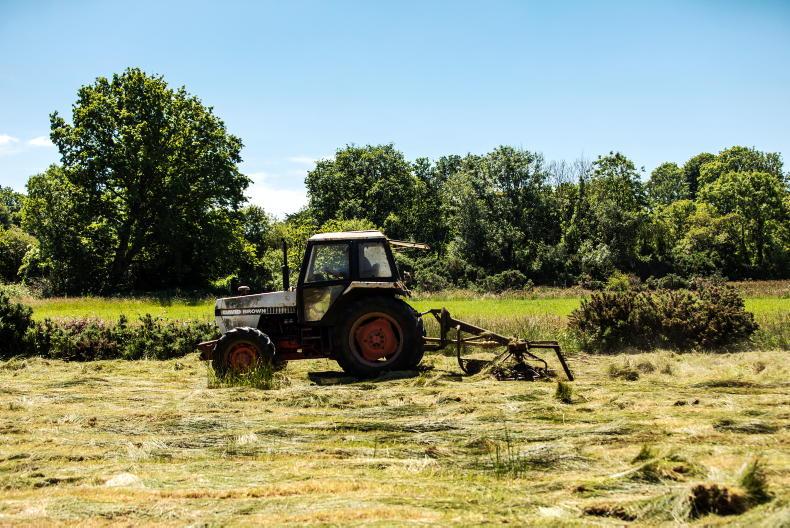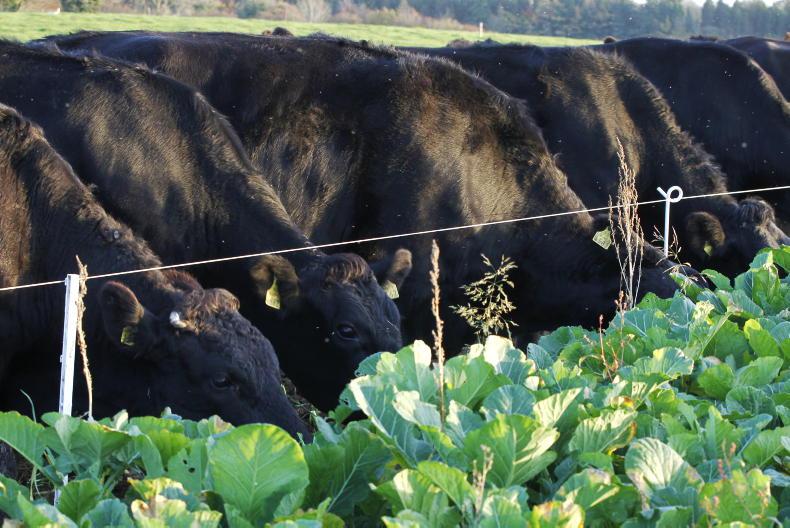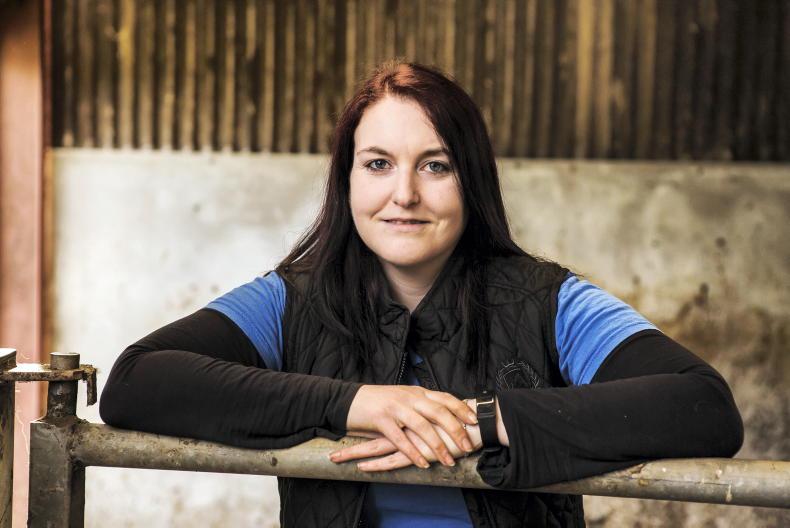Weighing accuracy: For many flocks, weaning represents the first time that their weighing scales will be used in some time. It is a good practice where a scales has been stored away or is being transported to a number of different sites, to check that it is weighing accurately.
The main areas where faults can occur is with the weighing mechanism, ie load bars/scales, or an area which can sometimes lead to inaccurate weights is where the free movement of the cage is restricted. Useful items which can be used include 25kg bags of meal, mineral lick buckets or an item where the weight is known or can be easily found out. The weight applied should at least be similar to lambs being weighed. It is also important to check if there is any inaccuracies if weights are left down in different areas.
Cobalt supplementation: Reports from some farmers point to the possibility of cobalt deficiency being more prevalent at an earlier stage of the season. Problems generally start to emerge from July onwards, but there is variation between farms and from year-to-year, depending on weather, grass growth patterns, etc.
The characteristic signs start with lambs performing below target and, in many instances, the tell-tale signs are a lamb’s ears becoming scally or scabby, with skin flaking away. Where an acute deficiency is present, then the characteristic symptoms are lambs starting to go dry in the wool or starting to pine away, despite being on a good plane of nutrition.
In general, lambs require about 1mg of cobalt daily. Lambs do not have the ability to store cobalt and, as such, must acquire it on a regular basis through their diet or via supplementation, especially during high-risk periods. If administering an oral drench, then the best balance between labour input and preventing issues is to administer every two to three weeks.
Treatment will typically cover two weeks, but there will not usually be a major fall off in performance if the repeat treatment extends to three weeks. Another common option includes administering boluses, or feeding meal with sufficient inclusion rates – adding cobalt to water is unreliable.
At Tuesday’s NSA Sheep Northern Ireland event in Tynan Abbey in Armagh, Shane McGettrick from the Sligo Regional Veterinary Laboratory told farmers to take care when administering boluses and dosing young lambs. He said that the lining of a lamb’s throat is very delicate and prone to injuries, which can lead to poisoning and death. Lambs should be held securely when administering any health treatments.
Lamb castration: Given optimum conditions, entire ram lambs will perform better than castrates. However, as the season progresses, there are challenges to consider in terms of finishing lambs to a suitable fat cover. It is a requirement of the Sustainable Beef and Lamb Assurance Scheme that castration is carried out before three months of age. The only option available to farmers after lambs turn seven days of age is to use a burdizzo.
When castrating, be careful to avoid catching the urinary tract when closing the burdizzo, clamp the jaws shut and release immediately without overlapping the castration site on each side. Delayed opening or longer-term closure can lead to extra injury and swelling. It is important to administer a clostridial disease vaccine in advance of castration, to help guard against tetany, and also take necessary precautions for blowfly.









SHARING OPTIONS